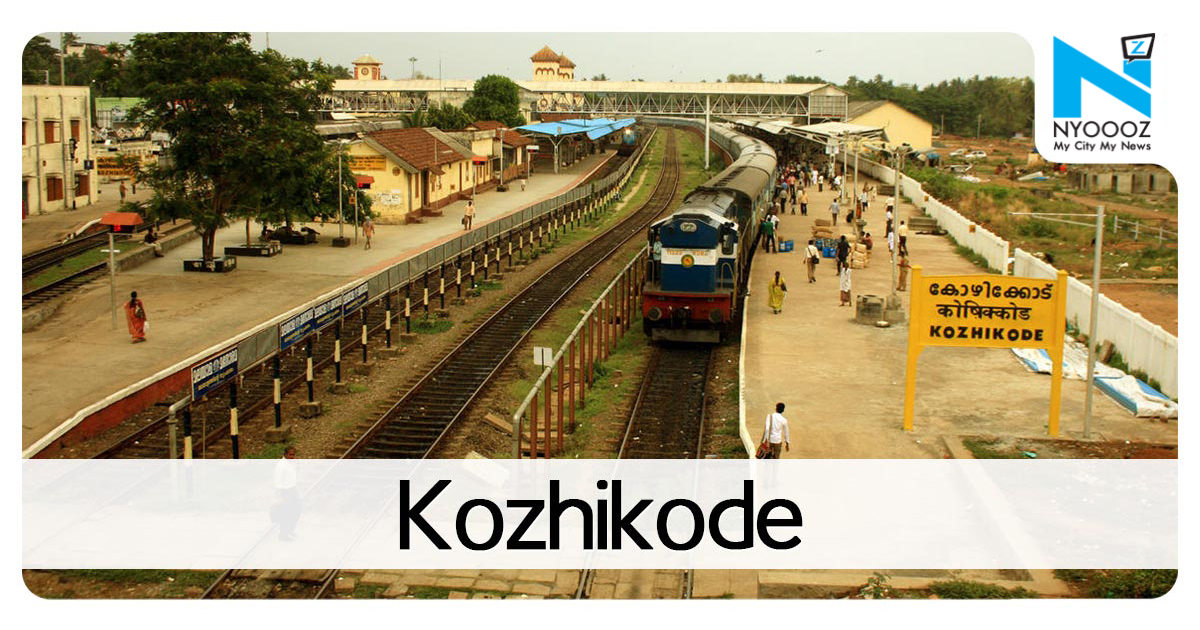Call to strengthen preventive measures to tackle calamities
- | Tuesday | 14th August, 2018

Experts feel that a stricter mechanism has to be put in place based on the Disaster Management Act. “The implementation of disaster management measures is weak. Incidentally, most of the districts woke up to disaster management only after the incidents occurred despite the State having a prepared a framework to tackle natural calamities and disasters. Vythiri ( Wayanad), Nilambur (Malappuram), Mannarkad (Palakkad), Devikulam (Idukki) and Ranni (Pathanamthitta) are the most landslip prone taluks in the State, studies showed. A revisit of preventive measures and mitigation strategies to be adopted during natural calamities has been called for in the wake of the recurring rainfall-triggered landslips in various parts of the State.

If You Like This Story, Support NYOOOZ
Your support to NYOOOZ will help us to continue create and publish news for and from smaller cities, which also need equal voice as much as citizens living in bigger cities have through mainstream media organizations.
Stay updated with all the Latest Kozhikode headlines here. For more exclusive & live news updates from all around India, stay connected with NYOOOZ.







